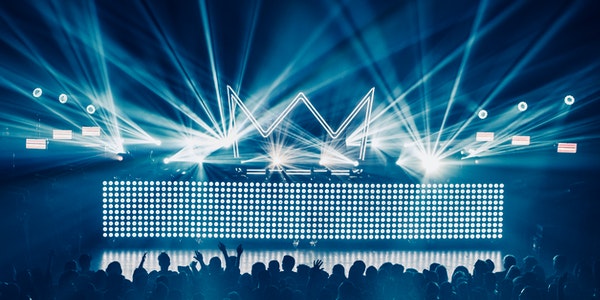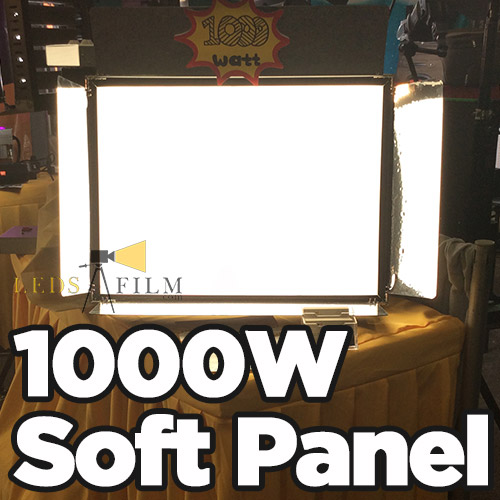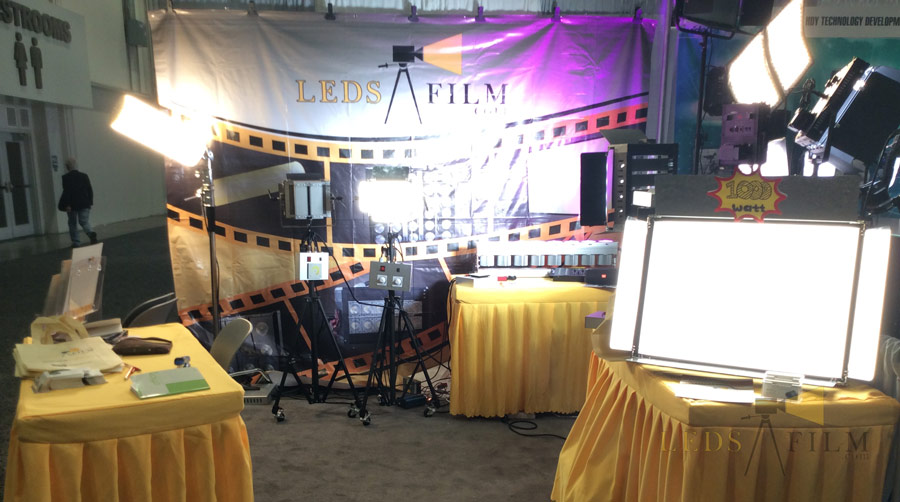“For me, photography represents’writing with light’, it expresses my inner thoughts in a certain sense. I try to express the real me in terms of my feelings, my structure, and my cultural background. To narrate the story of the movie through light, try to create a narrative method that parallels the story. Therefore, through light, shadow and color, the audience can consciously or subconsciously feel and understand what the story is saying.”–Vittori O Storaro
As a comprehensive art form, film is essentially about the use and exploration of “light and shadow”. The impact of light on film quality is obvious. As one of the movie elements, light and shadow, by mobilizing various performances of light, appropriately display the inner emotions of the characters, and play an irreplaceable role in the theme expression, atmosphere creation, and style creation of the movie. Reality is presented to the audience as perfectly as possible.
The movie itself is also an art to watch. Vision plays a leading role here, and the audience gets a completely different visual experience from these interlaced light and shadow images. Therefore, film creators continue to explore the pursuit of how to use light to create a perfect image, and how to use light to better serve the story.

Most of the lighting in the movie is based on natural light and artificial light to complete the character and plot. Many scenes in the film fully combine the two to portray the appearance or psychological changes of the characters. The two light sources exhibited completely different aesthetic effects. Due to the technical limitations of early movies, the way of using light at that time tended to use natural light, which had the advantage of being natural, real and rustic, creating naturalistic style images. With the advancement of film technology, creators have begun to try to add a lot of artificial lighting effects to make the picture clearer, richer and more intriguing. Nowadays, computer CG technology can even be used to artificially create some peculiar light and shadow effects.
Natural light is generally the reflection of outdoor sunlight, rain or glass to the sunlight, so it can best show the real picture performance. At the beginning of the film in 1895, images were nothing more than a means of recording. At that time, creators knew very little about the modeling effects that light can achieve, let alone subjective control of light. The short films shot by the Lumière brothers were all made in natural light. However, due to the poor sensitivity of the early film, the correct exposure can only be completed under strong light, and the final image effect is mostly uncontrollable.
After the appearance of the initial lighting fixtures, the picture presented is not only black and white. Due to the initial use of artificial light in the movie, the level of the picture creates a certain three-dimensional effect. In addition to black and white, different shades of gray are added, which can be said to be a leap for the directivity and richness of the film. However, the use of artificial light at that time was still not perfect enough. In addition to illuminating the subject, it also had a certain degree of falsehood. Therefore, the focus of the film was still around the story and the performance of the actors.

The advantage of artificial light is that it breaks the limitations of natural light, and at the same time enhances the richness and narrative of light and shadow. The light created with this light source has more subjective creation consciousness, which makes the pictures in the movie more powerful in modeling expression, spatial creativity and artistic appeal.
In the classic Hollywood period of the 1930s and 1950s, it was a period when Hollywood implemented a star system with stars as the center of film creation. In order to better shape the star’s screen image, the requirement for artificial lighting is particularly important. At that time, it was also a golden period when artificial drama light was brought to its extreme. Since then, drama light has become a typical sign of light consumption in classic Hollywood.
Most Hollywood movies in the era of large studios have commercial production attributes. To produce more movies and improve the efficiency of production, a systematic and complete lighting method is needed. In such a creative and capital environment, the lighting methods in the stage play and the film lighting are integrated and used for reference, and gradually formed a complete set of modular lighting system. This kind of lighting system is the traditional theatrical lighting effect lighting method. Under the artificial shaping and portrayal of light, not only the beauty of the stars in the movie is fully displayed, but also the character characteristics of the characters and the creation of a specific atmosphere have been sublimated and improved. This makes the different levels and depth of expression of light and shadow in the movie enter the audience’s field of vision.

However, with the end of World War II, film technology has also been further developed. With the emergence of color films with strong photosensitive performance and large-aperture lenses, the picture of the film presents a richer layer and richer light changes. The development of technology has provided great convenience for film creators to use natural light, and promoted the transition of film lighting method from artificial dramatic light to natural light effect. It broke the traditional Hollywood lighting mode of traditional dramatic light effect. At this time, the audience also has a new understanding of the art of film. They need to get a realistic experience in the process of watching the movie. This also directly leads to the change of film shooting and the concept of light use. The sense of simplicity makes the film’s picture more natural and true, and more touching.
However, the natural light effect in feature films is not like documentary films that use natural light to strive for reality in light and shadow. Natural lighting effects still advocate lighting and there must be a light source basis, but the traces of artificial lighting cannot be seen in the picture, and the pursuit is true and natural. On the basis of this theory, although the documentary style pursued by the Italian neo-realism style and the French new wave movies are all shot using natural light sources in the existing environment. However, due to the film technology of the time, this kind of film seemed a bit too rough. After the 1970s, with the general development of film shooting technology, Spanish photographer Nestor Almendros began to explore how to make the film in natural light and low-light lighting environment can still maintain the coexistence of exquisiteness and realism. . In 1978, Nestor Almendros and director Terrence Malick’s film “Days in Paradise” was a classic work using natural light effect.

“Days of Heaven” greatly reduces the use of artificial light sources. When shooting day and night scenes, the inherent light source in the picture is generally used as the main light source. The artificial lighting in the film only plays a role of supplementary light, so the endless wheat fields, pure pastoral scenery and wheat fields at dusk in the film appear to have a sense of life, real and simple, like a landscape painting. . The movie image unfolds like a picture of life, giving the audience a strong sense of situational substitution, and the light effect created can more impress the audience. Almendros’ lighting method not only has the texture of oil painting, but also the skillful natural light effect shooting technique complements the story theme that director Terrence Malik wants to express. In the end, he won the 51st Oscar for Best Photography with this “Days of Heaven”. The lighting method of natural light effect also developed to a nearly perfect level during this period, becoming a representative work praised by the industry.
And when the film is lighted to the film noir, it shows a completely different creative method and light effect. Film noir is actually a film genre developed from Gothic movies. The main storyline reflects the game life and the playfulness of deconstructing society, which is largely derived from the dark, negative, and pessimistic theme of Gothic culture.

At the same time, using black humor to explain the ups and downs of life adds a sense of ridicule and mockery of the world. From the aspect of appearance characteristics, film noir mostly focuses on exploring the dark side of society and human nature. Therefore, the lighting tone of the film is relatively gloomy and gloomy, and the overall composition shows an apocalyptic gloom.
The masterpiece of film noir is Carol Reid’s “The Third Man” filmed in 1949. Carol is definitely a master of the film noir genre. Although the story structure of the film is a black suspense drama about crime, the use of photography and lighting far exceeds the type of film itself.
Photographer Robert Krasko creatively used an unconventional tilt lens in the film “the Third Man” to appropriately show the uneasy atmosphere pervaded in the film to the audience. In addition, it is also very innovative in the use of black and white contrast of light and shadow, which is more in line with the lighting style of early Gothic movies. The bizarre style of the film is easily reminiscent of “Dr. Caligari’s Cabin”, the originator of German expressionist films. At the same time, since most of the film is shot in real scene, the light source only shines on the most important role. Therefore, in the film, you can often see the intensity of the night and the dazzling of the light separate and tear each other, but in terms of situational performance, the audience feels an inexplicable confrontation and puts emotions in a tense atmosphere.
This kind of light and shadow effect, the most classic shot is Harry’s appearance, this shot has become a must-read scene in movie textbooks. It carries through the suspense to the end in one go, and fully exposes the mystery created by the protagonist’s absence to the audience at this moment.
In addition, the light and shadow arrangement of expressionism in the film also came in handy here. If the darkness in front of the lights is not used as an emotional contrast, the audience’s sense of substitution and shock may be greatly reduced.

In the dark shadow on the street corner, Martins, the sheriff and others waited for Harry to appear. At this midnight, a huge black shadow appeared on the corner of the street, and the close-up on the right side of the screen was a horrible monster statue, which suddenly made the atmosphere of the film very tense. Then the scene changed, and the shadow that caused countless guesses was just an old man selling balloons. At this time, the relaxed rhythm of the film brought a soothing variation to the tense plot through the creation of light and shadow.
Compared with the lighting of natural light effects, such black-and-white images can better reflect the significance and importance of light and shadow for film creation. “The Third Man” has achieved the top level of film noir in both photography and lighting design. It deserves the name for being able to win the Oscar for Best Photography. Whether it is natural light effect lighting or artificial light lighting, the lighting of the film is designed to match the director’s intention with the story conveyed by the film. In the process of lighting, “not only should we know under what lighting conditions can we see the object, but we should also know under what lighting conditions can we better express the object”.
Every development of lighting methods is the result of continuous exploration and updating by photographers and lighting engineers of all ages. In order to create a more exquisite film picture and bring the film’s texture to the finishing touch, it is enough to show that the film’s lighting rules play a vital role in the success or failure of the film. Since the birth of the film, the use of light has played a very important role in the creation. From the simple lighting at the beginning to the development of the film, it takes on multiple responsibilities such as the narrative and emotional rendering of the film. Today’s film lighting not only sets the genre tone for the film, but also becomes an indispensable part of content creation.
